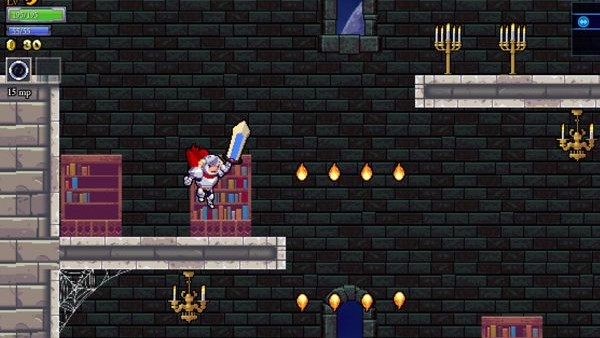The Video Game Art Style That Divides EVERY Gamer
If You’re Going To Do It, Do It Right

Each instance of pixel art is exactly that, its own instance. All too often, gamers will deride an art style, genre or style collectively, forgetting that each title has its own positives and negatives.
While there may be an abundance of identikit pixel platformers that simply rode the coattails of the style's popularity (in the same way that endless Doom clones and Mario Kart clones followed the success of those original titles), there are many that have something truly unique and brilliant to offer.
It would be doing pixel art a disservice to dismiss it as basic, when there are so many fantastic examples of games that have pushed the concept in innovative directions. Square Enix's Octopath Traveler, for instance, blends the old and new with its characteristic 'HD-2D' (as the creators call it) visuals, making for a classically Final Fantasy-esque experience that would nonetheless have been impossible in the days when those titles made their debut.

Ultimately, though, as always, it's for gamers to decide for themselves what appeals to them and what doesn't. The continuing success of Minecraft and the Nintendo Switch itself offers a refreshing reminder of one thing: PS5 and Xbox Series X one-upsmanship over tech specs isn't all there is to gaming today.
Beyond that, digital media and mobile titles will continue to flourish, allowing indie developers to reach fans with their smaller, less cinematic titles. Some of these experiences will be pixel art platformers, roguelikes and battle royales, the likes of which the industry has been saturated with lately. Some will also be uninspired attempts to cash in, yes, but others will be much, more more than that.
All that's needed is an open mind and a willingness to embrace more than visuals.